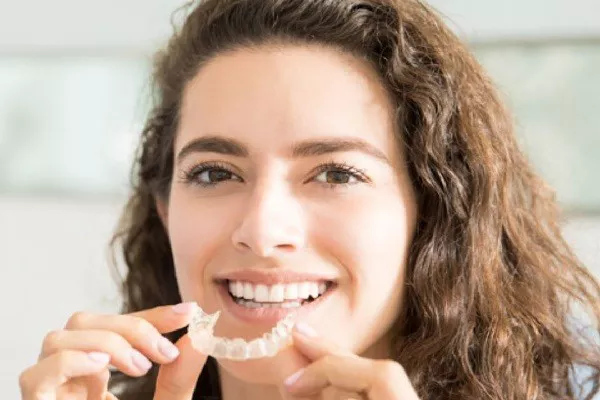Having a bright and healthy smile is something we all desire, but for many of us, keeping our teeth white can be a challenge. With so many products available on the market, it’s difficult to know which ones actually work. One popular product that promises to whiten teeth is whitening strips. But do they really work on yellow teeth? In this article, we’ll take a closer look at the effectiveness of whitening strips, their benefits and drawbacks, and how best to use them for optimal results.
I. What Are Whitening Strips?
Whitening strips are thin, flexible plastic strips coated with a peroxide-based gel. They are designed to be placed directly onto the surface of your teeth, where they dissolve and release the whitening agent. Typically, you wear the strips for 30 minutes to an hour each day, depending on the specific product instructions. Over time, the peroxide in the gel breaks down the stains on your teeth, revealing a brighter, whiter smile.
II. How Effective Are Whitening Strips?
The effectiveness of whitening strips varies depending on the individual and the severity of their tooth discoloration. If your teeth are only slightly discolored, you may see noticeable results after just a few days of using the strips. However, if your teeth are severely stained or yellowed, it may take several weeks of consistent use to achieve significant results.
It’s worth noting that whitening strips are not a one-size-fits-all solution. While some people may find them highly effective, others may not see much improvement at all. Factors such as the cause of the discoloration, the thickness of your enamel, and your overall oral health can all affect the outcome of your whitening treatment.
III. Benefits of Using Whitening Strips
One of the main benefits of using whitening strips is their convenience. They are easy to use and can be done in the comfort of your own home. Unlike other whitening treatments, such as in-office procedures or custom-fitted trays, you don’t need to make an appointment or spend a lot of money to get started.
Another benefit is that whitening strips are relatively affordable compared to other options on the market. While they may not be the cheapest option available, they are still significantly less expensive than professional whitening treatments.
IV. Drawbacks of Using Whitening Strips
While there are many benefits to using whitening strips, there are also some drawbacks to consider. One of the main disadvantages is that the peroxide gel used in the strips can cause tooth sensitivity and gum irritation. This is especially true if you leave the strips on for longer than recommended or use them more frequently than directed.
Another potential drawback is that whitening strips may not be suitable for everyone. If you have dental restorations, such as crowns or veneers, the strips may not be effective at removing stains from these areas. Additionally, if you have any underlying dental problems, such as cavities or gum disease, you should consult with your dentist before using any whitening product.
V. Tips for Best Results
To get the best results from using whitening strips, there are a few things you can do to maximize their effectiveness:
Follow the instructions carefully:
Make sure you read and understand the product instructions before using the strips. Follow the recommended usage and timing instructions to avoid overuse or misuse.
Be patient:
Whitening strips take time to work, so don’t expect overnight results. Be consistent in your use of the strips and give them time to break down the stains on your teeth.
Practice good oral hygiene:
Keep up with your regular brushing and flossing routine to maintain good oral health. This will help prevent new stains from forming on your teeth and ensure that your whitening results last longer.
Avoid staining foods and drinks:
Certain foods and beverages, such as coffee, tea, and red wine, can cause stains on your teeth. Try to avoid these or limit your consumption while using whitening strips.
VI. Conclusion
In conclusion, whitening strips can be an effective and convenient way to whiten yellow teeth for many people. However, they are not a guaranteed solution, and their effectiveness may vary depending on the individual. If you’re considering using whitening strips, it’s important to weigh the benefits and drawbacks carefully and consult with your dentist if you have any concerns. By following the tips outlined above, you can maximize the effectiveness of your whitening treatment and achieve a brighter, healthier smile.
Related Topics:


























